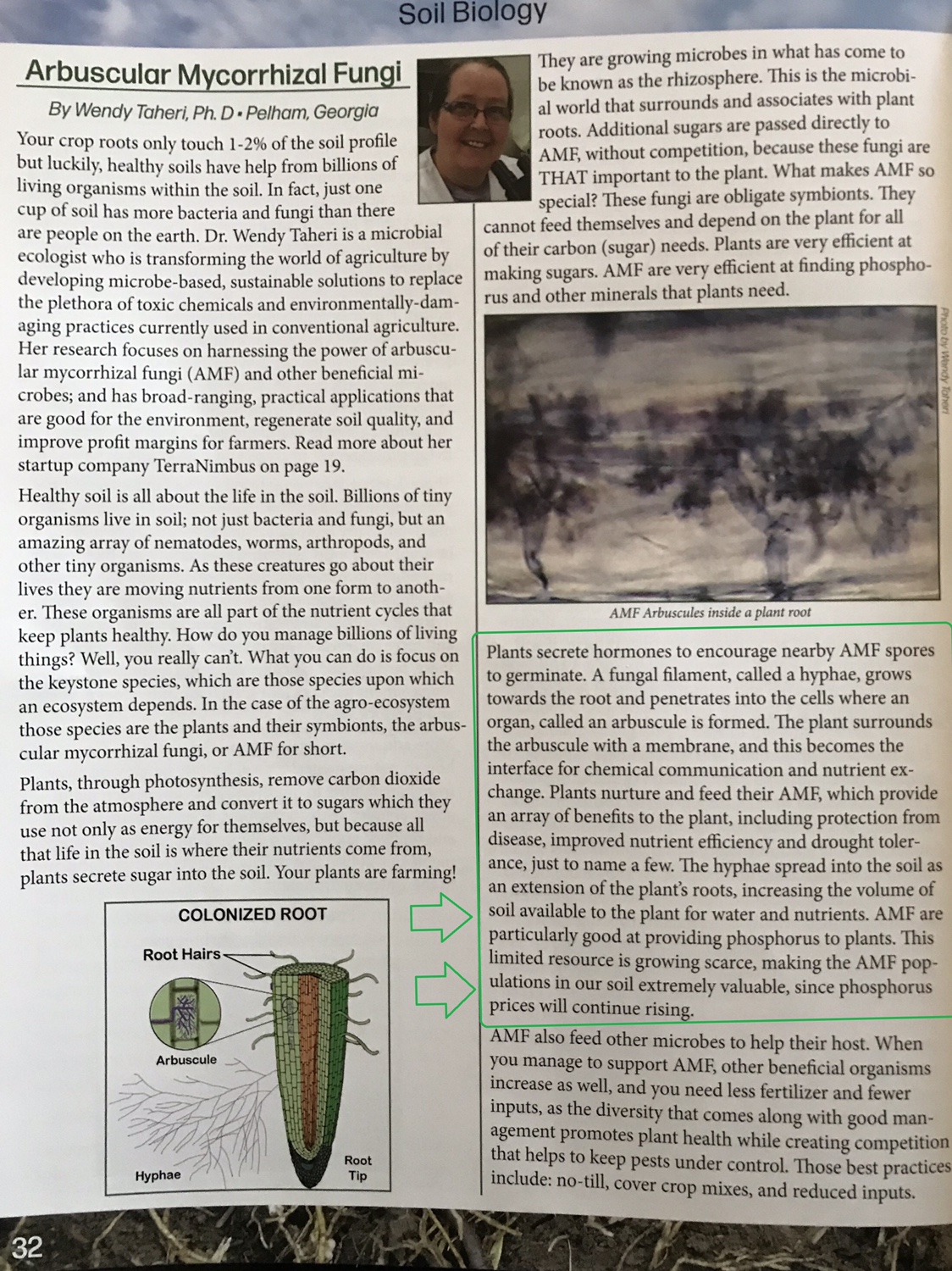True. It's one of those things that's so cheap, it doesn't pay to try to disprove it.
However, even though I use a redmond block on my place, I push total fertility on my limited plot acres (can I get an amen Catscratch!). It's not easy at first, but if you have the right tools and the right soil test, you can plop a small postage stamp in the landscape that delivers better tasting, more nutritious forage than the rest of the neighborhood.
Properly selected lime can unlock all your nutrients. Proper potassium levels can unlock previously unavailable manganese. Gypsum can put sulfate into your plants. I buy borax at the grocery store for $5/box and put a few on. I get copper sulfate powder from Amazon. I could never put on borax and copper without my Extreme Blower attached to an electric leaf blower. It's very hard to spread 10lbs of powder over an acre without a blower.
Grand scheme, it's not cheap up front, but once you have your soil data and leaf blower, it's $40/acre per year to put your leachable nutrients on (at least for what my soil needs, yours could be different).


